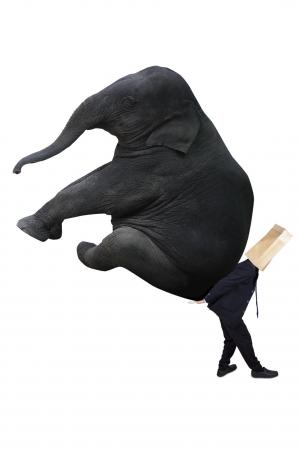
To say that grief can be challenging and overwhelming is an understatement. It’s not unusual for a griever to feel like their whole world is closing in on them. They will often find that they are not only dealing with the emotional pain of their most recent loss, but every other loss they have experienced as well. It can be as if this latest event has awakened their memories of every other life changing moment that has brought grief into their life as well.
The reason for this is that grief is cumulative. Most of us have a defensive mechanism or habit in place of suppressing our painful emotions, rather than expressing them. This is a habit that we begin to establish at a very early age, when we hear someone tell us to “not feel bad” when we are dealing with a moment of sadness. While that comment does not make us feel any better, we tend to bury those feeling of sadness, in an effort to follow the directions offered by someone we trust, on how to cope with an emotionally painful event.
Until each loss is effectively addressed, they tend to sit, waiting inside us. When yet another moment of grief hits us, and that internal “kettle,” where we have stored all of this sadness, is full, it tends to erupt like a volcano. We find ourselves then not only grieving this most recent loss, but all of those other past losses as well. Just as with the falling ash of a volcanic eruption, it seems that no matter which way we turn, we are surrounded by the painful memories of past bereavement.
Perhaps yet another analogy will help you better visualize what is happening inside you. Most of us have a drawer, cupboard or closet where we store those scattered items that we might need some day, but do not know what to do with in the meantime. (We have a neighbor down the street who appears to have an entire garage filled with such things.) When we open this container, it is often difficult to find anything amid all of that clutter. It can be overwhelming. This is very much like our personal internal storage center for those grief filled memories of our life. It is such a random collection of memories of sad moments from our life that it is difficult to isolate each individual thought.
Dealing with all of these memories of loss may seem like an impossibility. That is because we have been taught our entire lives to suppress our feelings of loss, rather than to deal with them. They cannot all be dealt with at once. It’s a bit like the old question: “How do you eat an elephant?” The answer to this is: “One bite at a time!” That is how you can effectively deal with your many losses as well: one at a time.
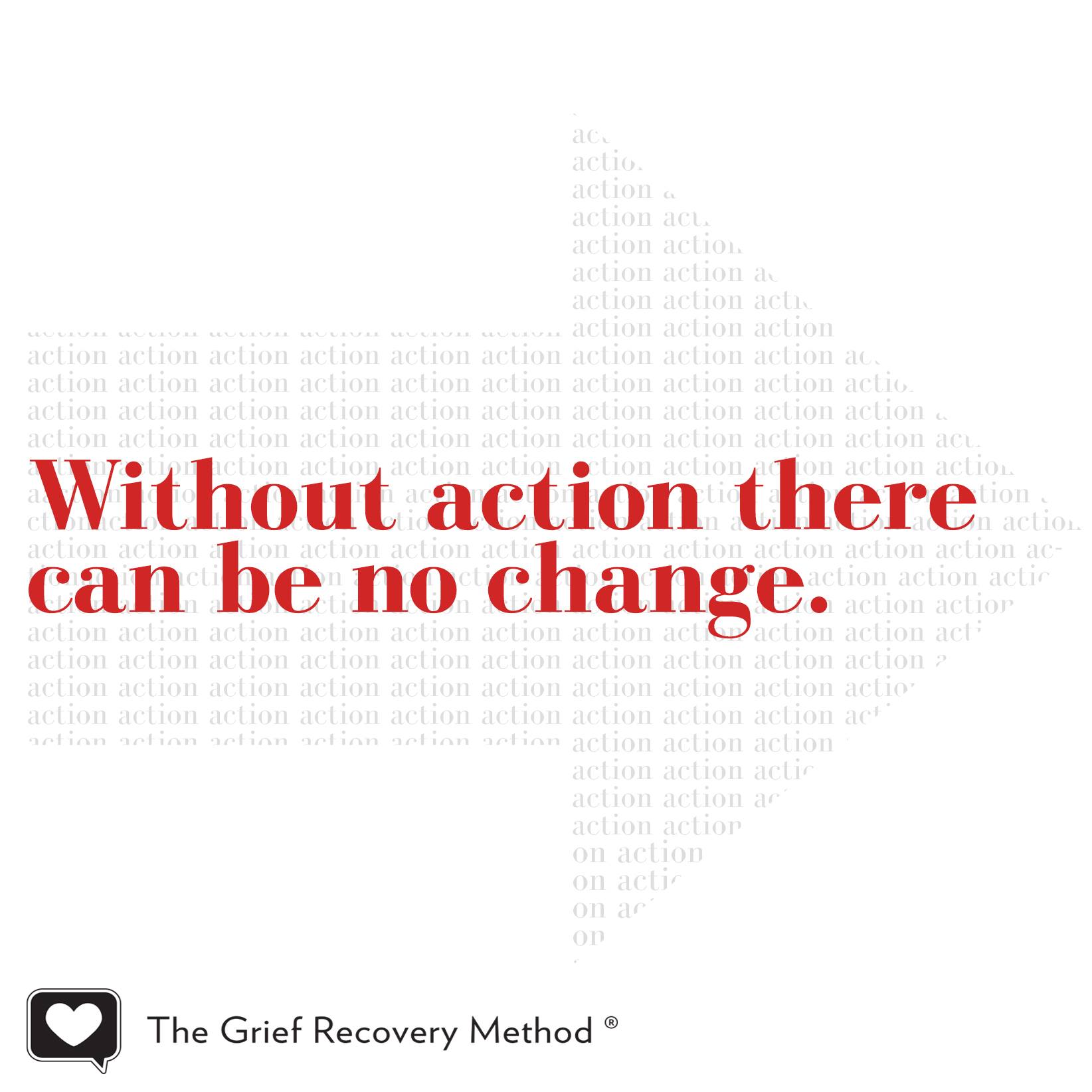
This is an important part of the design of “The Grief Recovery Method.” It involves taking an inventory of your past grieving events and deciding which one to first address. Sometimes the best place to start is with the most recent loss. Others may find that this most recent emotional event is “the straw that broke the camel’s back,” and that a previous loss might be better addressed first. Whichever is the case for you, it gives you a starting point. You cannot effectively deal with every grieving event at the same time. To have the best chance of success, you must work on each one individually.
Once you have found which one to tackle first, the “Grief Recovery Handbook” will guide you through the necessary steps on how to deal with all of those conflicting feelings associated with that event. Once you are freed from all of the painful emotions of grief associated with that loss, you are in a far better position to deal with each of the other losses in your life.
It would be wonderful if you could deal with every loss in your life at once, but that just does not work. Multitasking in this situation would only leave you confused and unsettled regarding all of them.
I can still vividly remember my first efforts in effectively recovering from the emotionally painful losses that impacted my life. Once I took that personal inventory, I discovered that the death of my grandmother, over 20 years before, was not only one of my most painful grieving events, but also the one that set the pattern that I had since followed to deal with my grief. After I took action, using The Grief Recovery Method, I could not believe how much better I felt. It seemed impossible to me that these rather simple actions could make such a difference, but they did! My next thought was that if dealing with this one loss could make such a difference, perhaps dealing with another from that inventory could help as well. With each subsequent recovery action, I found that I had more and more room for happiness in my life. I never realized the weight of the grief I carried in my heart until I started taking this action.
“The longest journey begins with the first step!” It is my sincerest hope that you will choose to follow the path to recovery that I took. I was a complete skeptic at first, because I was accustomed to carrying this emotional pain with me at all times. I had done this all my life and had a habit of burying my emotional pain inside. One I took this action with the death of my grandmother, I discovered that it was time to create a new habit in how I dealt with loss. The more I practiced this new habit in dealing with other losses, the more it became an instilled behavior pattern.
“Cumulative Grief” does not need to control your life and leave you feeling overwhelmed. The Grief Recovery Method can help you find your path to grief relief!
If you found this article contained helpful information, we suggest you consider reading:
Dealing with Bereavement: Why Being Strong for Others Hurts You - Grief Myths Part 5
Bereavement Help: A Few Reasons Why Avoiding Emotions Hurts You
You may also want to sign up for Grief Blog to receive new articles as we publish them.
Photo Credit: 123RF Stock Photo by ximagination
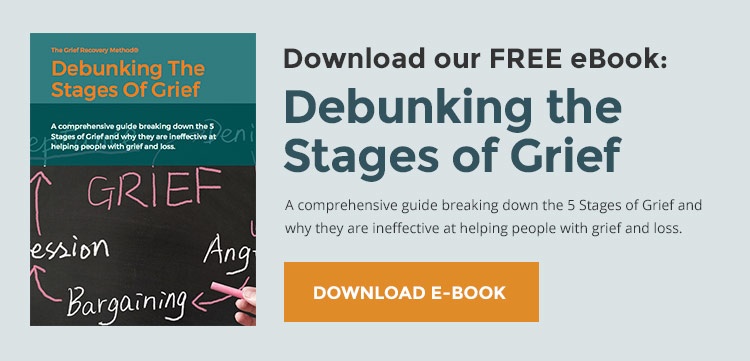
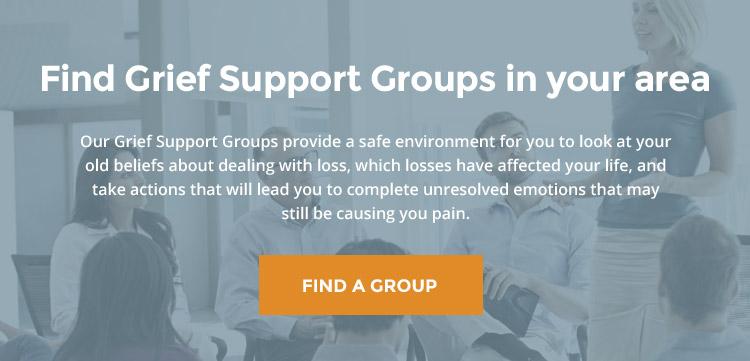













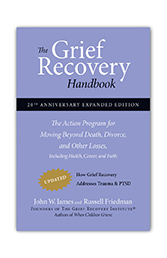
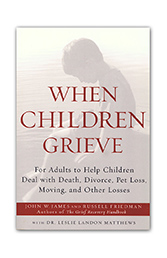
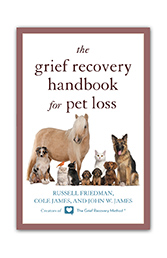
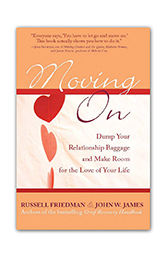
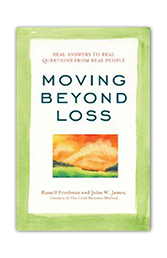
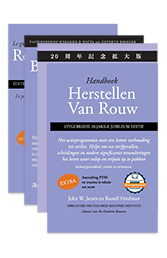




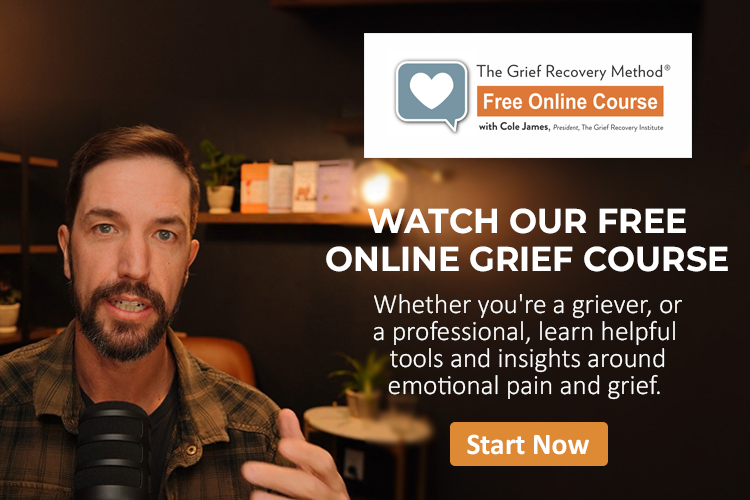
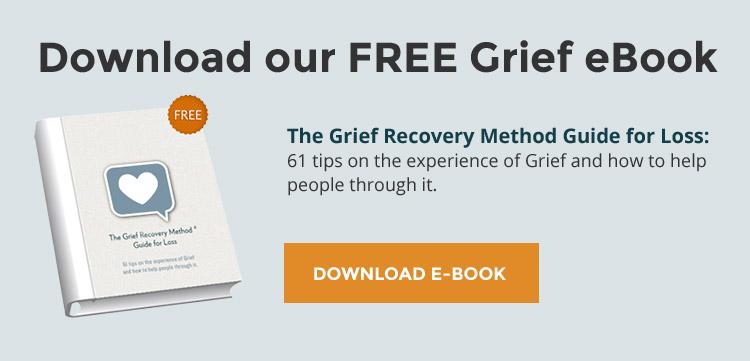
Add new comment